China is a country with a rich history, diverse culture, and stunning natural landscapes. If you’re planning a two-week trip to China, you’ll have the opportunity to immerse yourself in its vibrant culture and experience a wide range of activities. In this guide, I’ll provide tips on how to make the most of your time in China.
China Trip Itinerary Overview
| Day | Destination | Key Activities | Notes |
| Day 1-3 | Beijing | The Forbidden City, Great Wall (Badaling), Summer Palace | Peking Opera performance, walk through hutong alleys |
| Day 4-6 | Xi’an | Terracotta Warriors, Big Wild Goose Pagoda, Muslim Quarter | Lamb stewed bread, Tang Dynasty night view (Tang Paradise) |
| Day 7-9 | Chengdu | Kuanzhai Alley, Jinniu Park, Chengdu Research Base of Giant Panda Breeding | Tea house culture, panda cub sightings |
| Day 10-12 | Guilin | Li River bamboo rafting, Yangshuo West Street, Longji Rice Terraces | Rural homestay, landscape photography |
| Day 13-14 | Shanghai | The Bund, Oriental Pearl Tower, Yu Garden | Shopping (Nanjing Road), Disney Resort |
In-Depth Travel Guide
Beijing: A Cultural Journey Through a Thousand-Year-Old Capital
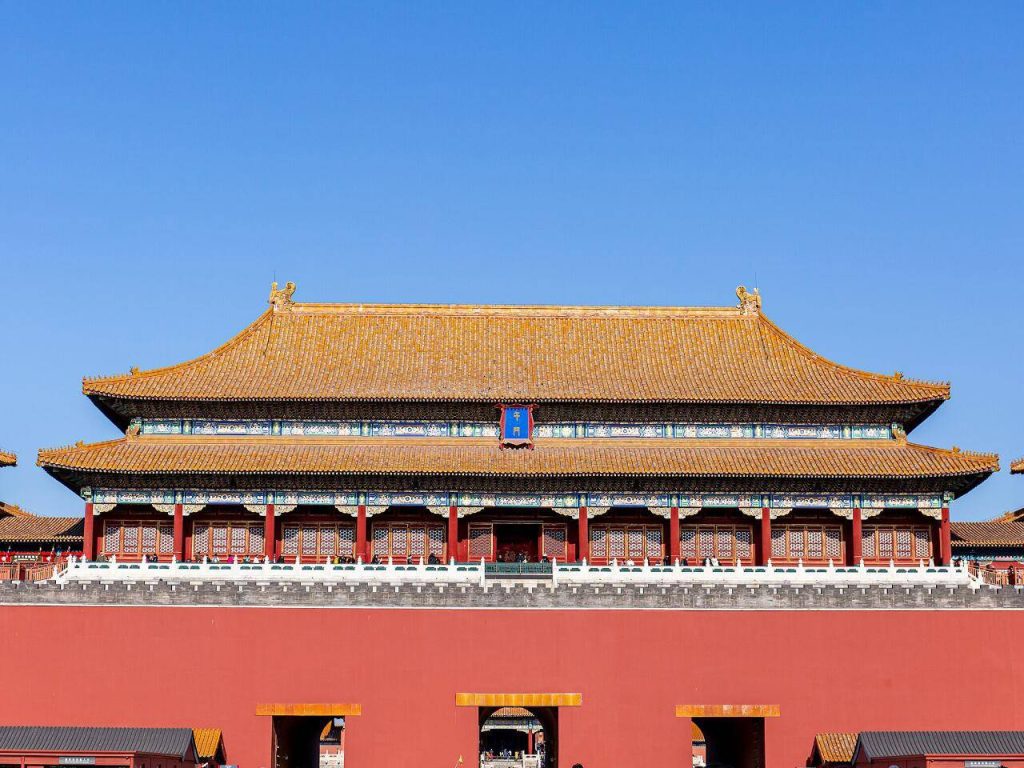
Must-Visit Attractions:
- The Palace Museum (Forbidden City): Explore the magnificent imperial palace from the Ming and Qing dynasties. Book tickets online in advance to avoid peak hours.
- Badaling Great Wall: Experience the grandeur of the Great Wall with the phrase “He who has never been to the Great Wall is not a true man.” Early morning visits are recommended to avoid crowds.
- Temple of Heaven Park: A sacred site where emperors performed ceremonies for good harvests. The architectural beauty of the Hall of Prayer for Good Harvests is breathtaking.
- 798 Art District: A creative hub blending modern art with industrial style, perfect for photography and cultural exploration.
Local Delicacies:
Peking Duck (Recommended: Quanjude, Dadong)
Zhajiangmian (Fried Sauce Noodles), Lurou Huoshao (Stewed Pork Pancake) (Traditional Beijing flavors)
Imperial Pastries (e.g., Daowuxiang’s Aiwo Wo)
Accommodation Tips:
Stay in the Qianmen or Wangfujing area for convenient transportation and abundant dining options.
Xi’an: A Historical Corridor Spanning Millennia
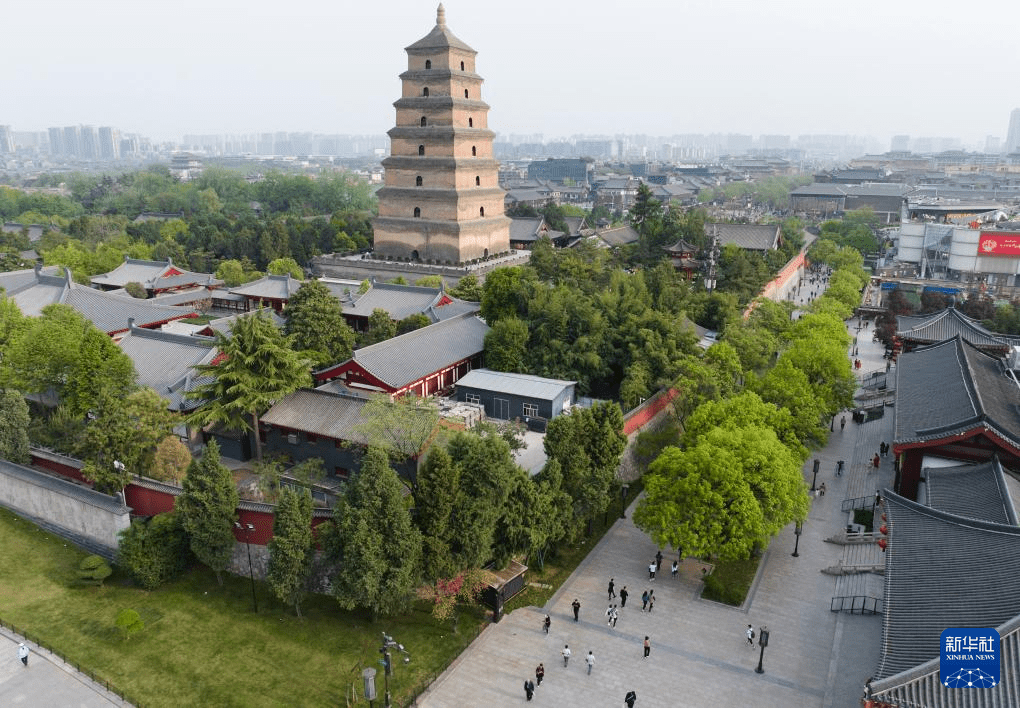
Must-Visit Attractions:
- Terracotta Army Museum: One of the Eighth Wonders of the World. Hiring a guide will provide deeper insights into the Qin Dynasty.
- Giant Wild Goose Pagoda: Where Xuanzang stored Buddhist scriptures after his journey to India. Climb the pagoda for panoramic city views.
- Muslim Quarter: Sample local delicacies like Yangrou Paomo (shredded flatbread soaked in lamb soup) and Roujiamo (Chinese hamburger).
- Ancient City Wall: Cycle or walk along the 13.7 km Ming Dynasty wall to experience its historical significance.
Local Delicacies:
Roujiamo (Recommended: Laosunjia, Tongsengxiang)
Liangpi (Cold Rice Noodles), Zenggao (Steamed Cake) (Must-try at Muslim Quarter)
Hulu Tou Pao Mo (Traditional Qin Cuisine)
Accommodation Tips:
Choose hotels near the Bell Tower or Giant Wild Goose Pagoda for easy access to night views.
Chengdu: The Leisurely Capital of Bashu
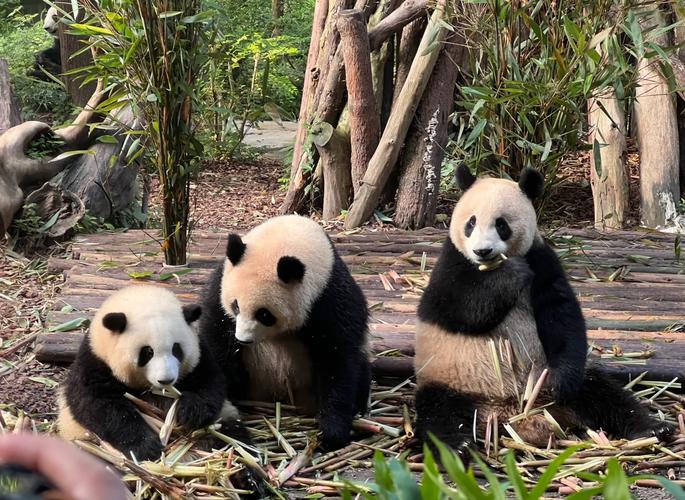
Must-Visit Attractions:
- Chengdu Research Base of Giant Panda Breeding: Get up close with pandas, especially active in the morning.
- Jinli Ancient Street: A blend of Three Kingdoms culture and Western Sichuan folk customs, particularly beautiful at night.
- Mount Qingcheng: The birthplace of Taoism, ideal for hiking and escaping the summer heat.
- Wuhou Temple: A must-visit for Three Kingdoms enthusiasts.
Local Delicacies:
Hot Pot (Recommended: Xiaolongfan Dajiang, Shujiuxiang)
Chuan Chuan Xiang, Mao Cai (Convenient Local Favorites)
San Da Pao, Zhong Shuijiao (Traditional Snacks)
Accommodation Tips:
Stay in Chunxi Road or Kuanzhai Alley for better shopping and dining experiences.
Guilin: A Poetic Landscape Beyond Compare
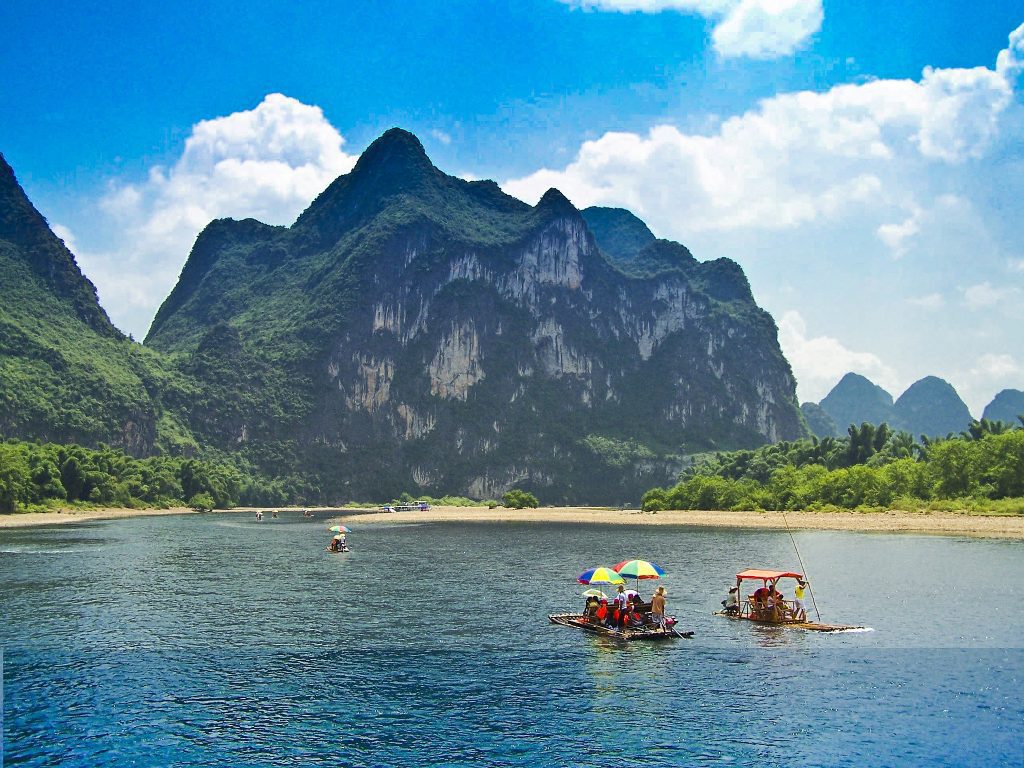
Must-Visit Attractions:
- Essential Section of the Li River (Yangdi to Xingping): Take a bamboo raft or boat cruise to experience the poetic scenery of “traveling on green waves, people in a painting.”
- West Street in Yangshuo: A charming street with international flair, ideal for purchasing ethnic handicrafts.
- Longji Rice Terraces: Best visited in autumn (September-October) for picturesque terraced fields.
- Elephant Trunk Hill: A landmark in Guilin, don’t miss the light show at night.
Local Delicacies:
Beer Fish (Yangshuo specialty, Recommended: Xie Dajie Beer Fish)
Guilin Rice Noodles (Local breakfast favorite, Recommended: Chongshan Rice Noodles)
Tianluo Yang, Bamboo Chicken (Ethic Minority Flavors)
Accommodation Tips:
Opt for homestays in Yangshuo or Guilin city for high value and scenic surroundings.
Shanghai: The Glamorous Metropolis
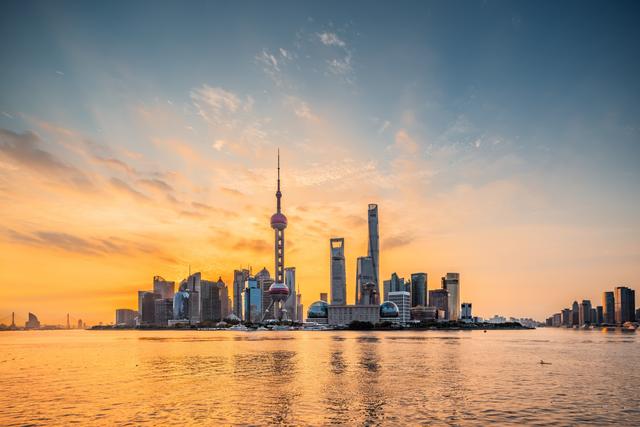
Must-Visit Attractions:
The Bund Night View: Enjoy the illuminated skyline of colonial buildings and modern skyscrapers in Lujiazui. Visit in the evening for the best views.
Shanghai Disneyland: A one-stop entertainment experience; reserve an entire day for this.
Yu Garden: A representative of classical Jiangnan gardens with a variety of snacks available at Chenghuangmiao.
Wukang Road: A cultural district featuring sites like the Wu Kang Building from the movie Lust, Caution.
Local Delicacies:
Shengjianbao (Pan-Fried Buns) (Recommended: Xiao Yang Shengjian, Dahuchun)
Xiaolongbao (Soup Dumplings) (Recommended: Nanxiang Mantou Shop)
Cong You Ban Mian, Crabmeat Soup Dumplings (Local classics)
Accommodation Tips:
Stay in Lujiazui or People’s Square area for convenience and expansive views.
Best Time for a Trip to China
China’s vast geography means varied climates across different regions. The best times to visit generally fall in April-May and September-October, when temperatures are moderate.
Note: Avoid traveling during major holidays like Chinese New Year and National Day, as these periods see large crowds, making travel and sightseeing less enjoyable due to heavy traffic and packed tourist spots.
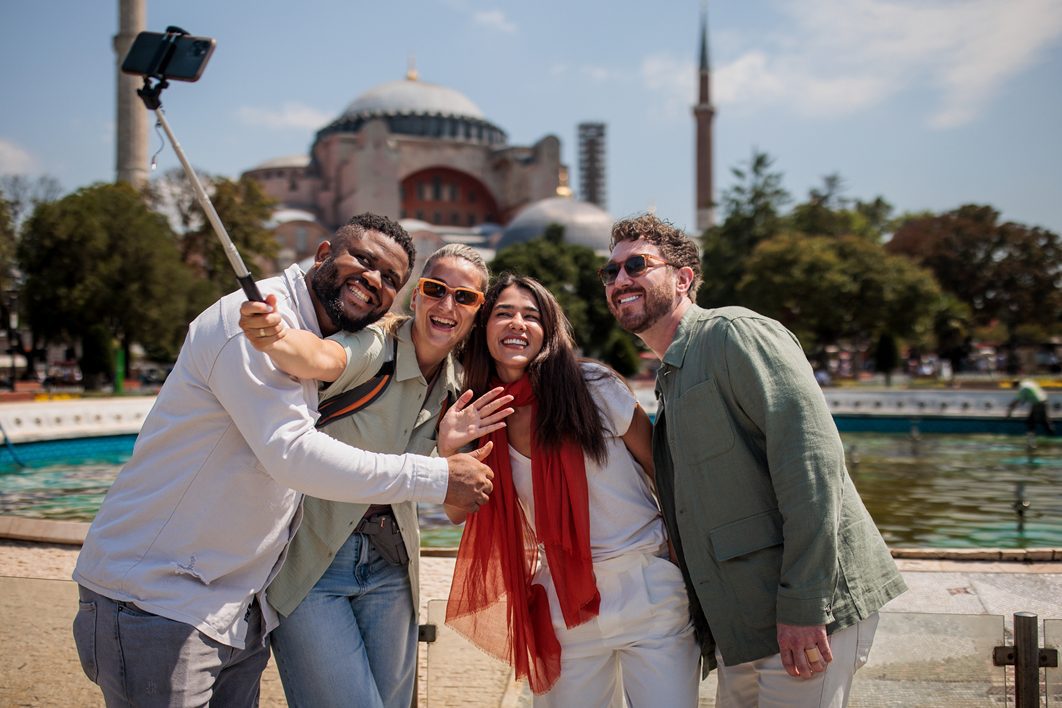
Should You Join a Tour Group?
While it’s not mandatory for foreign tourists to join a tour group in China, doing so can have its advantages depending on your needs and preferences:
Language Barrier or First-Time Visitors
Guided tours provide multilingual guides (e.g., learning kung fu in Qingcheng Mountain or cooking classes in Sichuan), helping overcome communication issues.
Time-Saving and Risk Management
Popular sites like Jiuzhaigou and the Forbidden City require booking 3-7 days in advance. Tour groups can assist with ticket reservations.
High Altitude Areas: Tours often come equipped with oxygen supplies and altitude sickness monitoring, ensuring safety in regions like western Sichuan.
Customized Experience
Themed tours (like calligraphy lessons, ancient architecture photography, or Northeast bathhouse culture) offer unique insights through local resources.
Cross-Border Trips: For example, Vietnamese families visiting Yunnan via Hekou Port benefit from simplified border procedures through organized tours.

Additional Tips for Your Two-Week Trip to China
- Visa: Ensure you apply for a Chinese visa well in advance unless you qualify for visa-free travel under certain conditions.
- Weather: Spring (April to June) and autumn (September to November) are typically the best seasons. Summer (July and August) can be hot and crowded.
- Language: Mandarin is the official language, but English usage is limited outside major tourist areas. Use translation apps or learn basic phrases.
- Health and Safety: Stay hydrated, drink bottled water, and exercise caution with street food, especially in remote areas.
Embark on a two-week adventure through China, from ancient capitals to modern metropolises, from natural wonders to cultural richness. Plan ahead, bring curiosity and a positive attitude, and get ready to explore the wonders of China!





